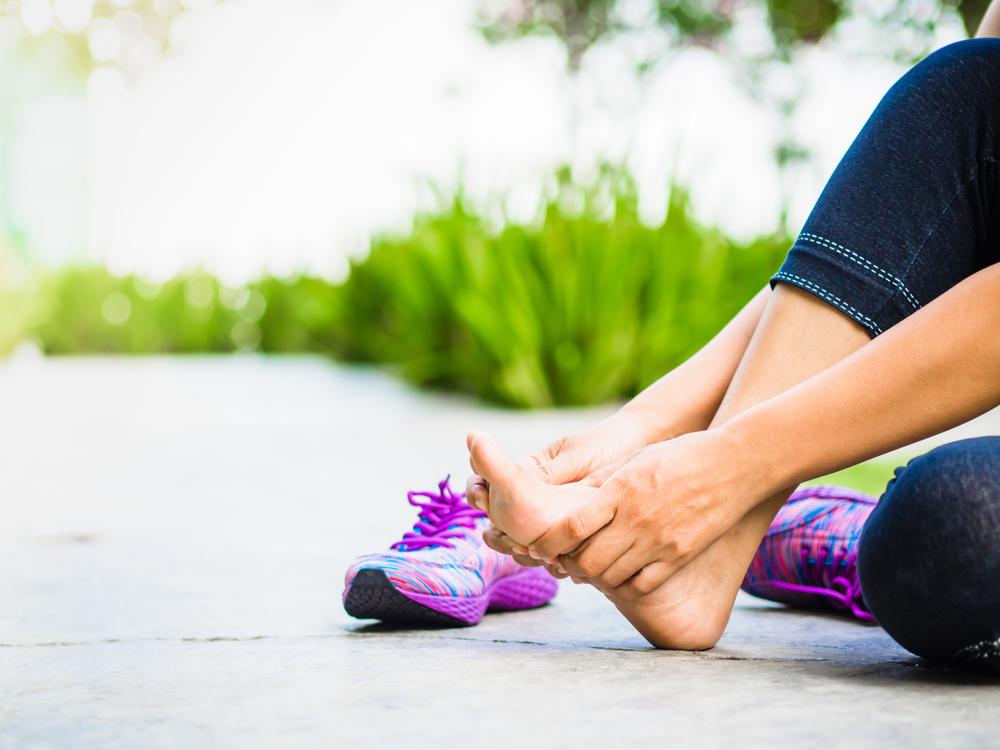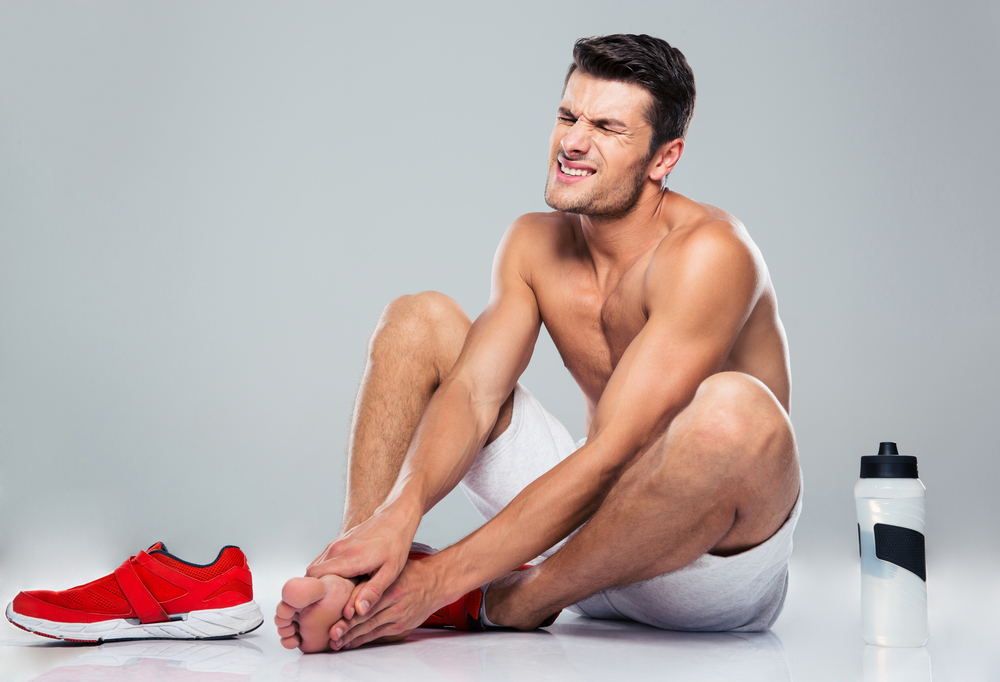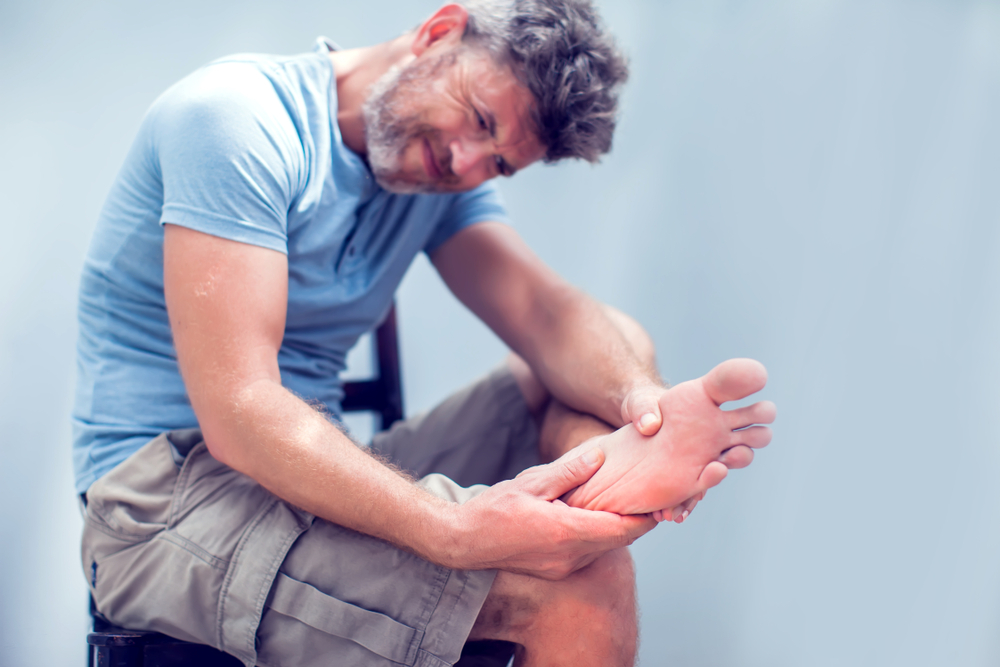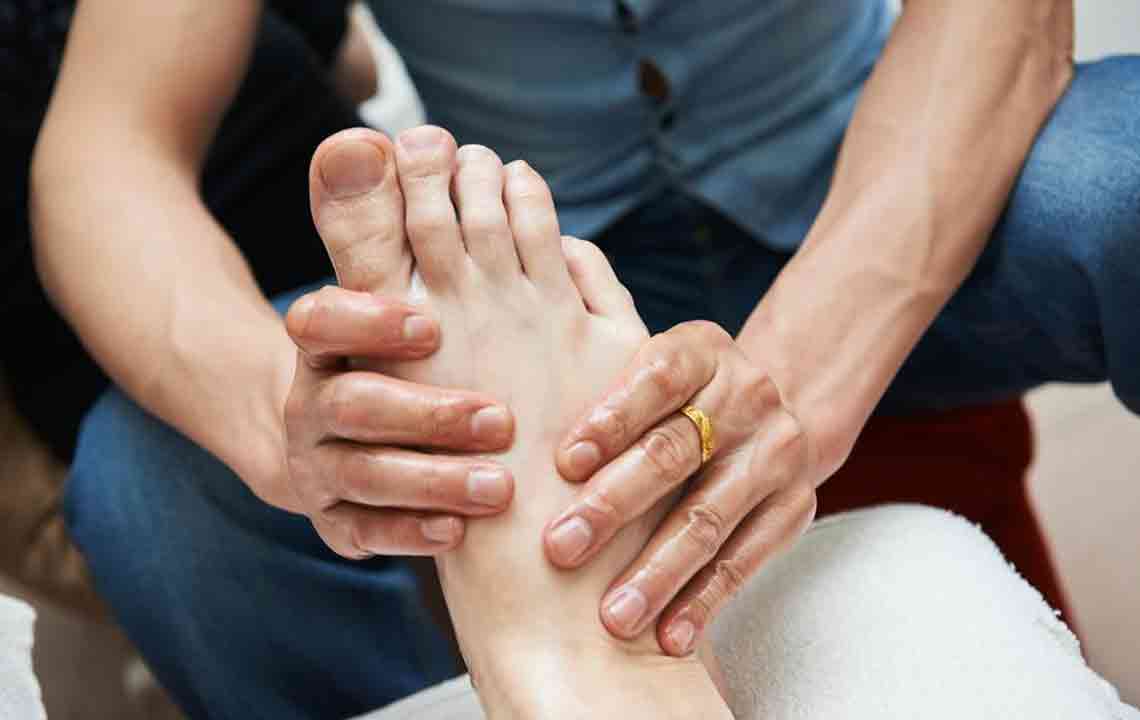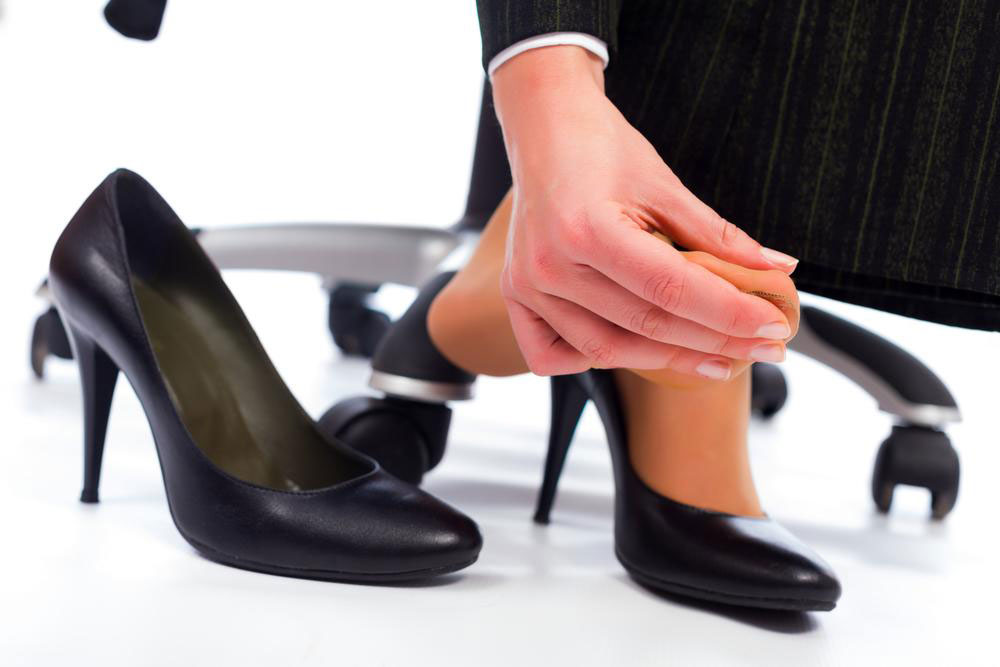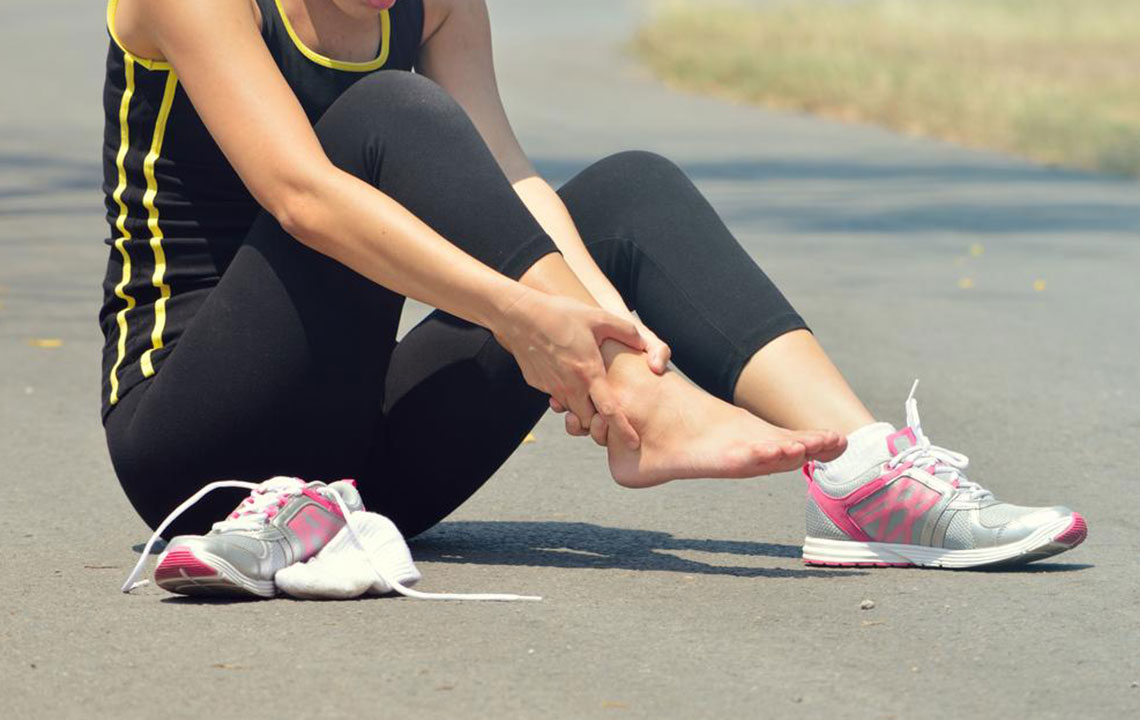Effective Solutions for Relieving Foot Discomfort
Discover effective and easy-to-implement solutions for relieving foot pain and promoting foot health. Learn about causes, when to see a doctor, and simple home care tips to ease discomfort and prevent future issues.
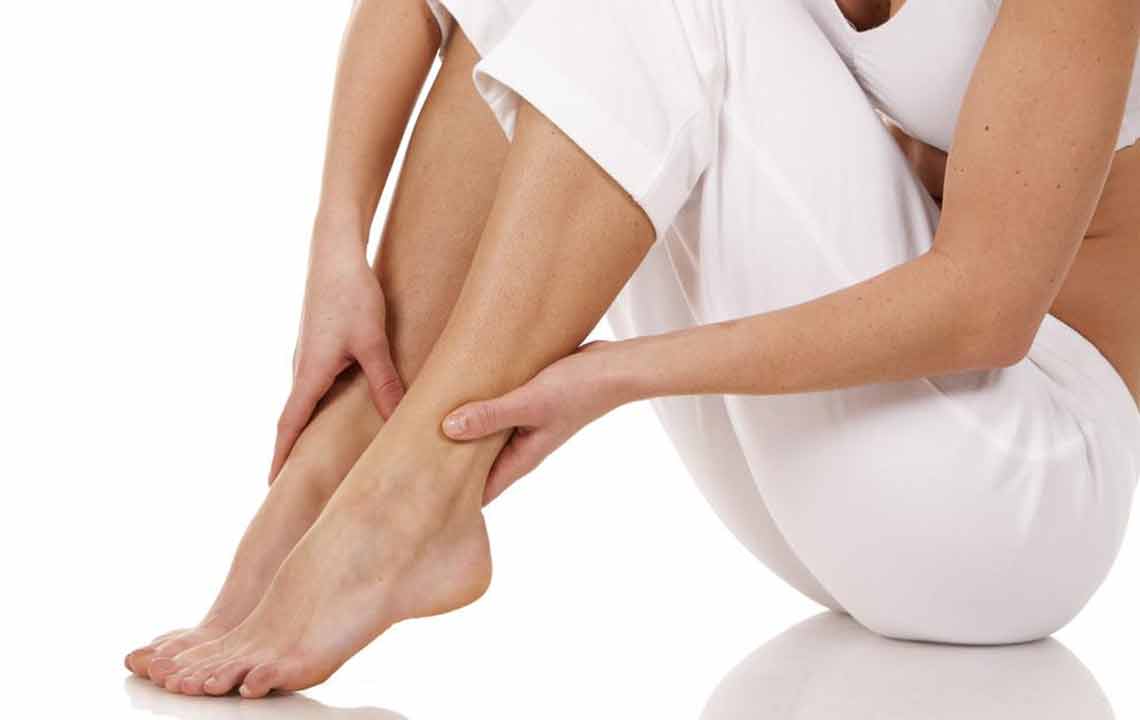
Effective Solutions for Relieving Foot Discomfort
Your feet play a crucial role in daily activities like standing, walking, running, and climbing, yet often go unnoticed until they start hurting. Foot pain can interfere with your mobility and energy levels, sometimes making you want to stay still.
What causes foot pain?
Since your body weight rests on your feet during movement, pressure and stress can lead to discomfort. Various factors, including footwear choices, injuries, and medical conditions, can trigger foot pain. Ill-fitting shoes, high heels, or tight footwear exert pressure on toes, causing pain. Common issues like arthritis, diabetes, obesity, sprains, fractures, tendinitis, and pregnancy may also be responsible. Additionally, conditions such as bunions, corns, ingrown nails, plantar fasciitis, gout, and more can cause discomfort.
This region's complex structure includes 26 bones, 33 joints, muscles, tendons, and nerves. Mild pain may resolve on its own, but severe issues require medical attention to prevent further damage and restore function. Ignoring persistent foot pain can lead to serious complications.
When should you seek medical help?
If pain disrupts daily routines, hampers sports, or shows signs like swelling, distortion, numbness, or severe heat, consulting a healthcare professional is essential. Symptoms such as inability to walk properly or unnatural movements also indicate the need for treatment.
Simple strategies for foot pain relief
Opt for well-fitting shoes with shock-absorbing soles. Using custom orthotics can improve comfort. Elevate your feet when resting. Topical muscle pain sprays may offer temporary relief. Supporting your feet with heel cushions or insoles and replacing worn-out athletic shoes every six months can help. Proper rest, use of supportive devices, ice therapy, maintaining hygiene, and weight management also aid recovery. Medical treatments like ultrasound, electrical stimulation, or laser therapy might be recommended for pain reduction and increased circulation.
Following up with your healthcare provider through tests and scans ensures proper healing. Engaging in supervised exercises can prevent future issues. Consulting a physiotherapist or trainer helps design a safe recovery plan for lasting relief.
Note:
The information provided here offers practical insights into foot health but should not replace professional medical advice. Always seek guidance from healthcare providers for accurate diagnosis and treatment.

